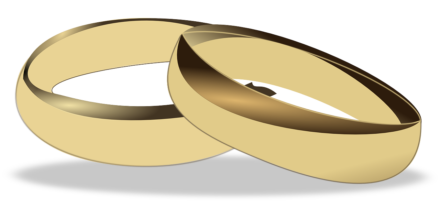
Back in 2014 and into 2015, I posted a multi-part series of posts about the history of marriage in the tax code. In 2016 I was asked to condense that series into a CPE presentation. Here are excerpts from that presentation. This series of posts will cover a lot of the same ground as was covered three years ago, but hopefully with a little bit fresher perspective.
—–
The 1948 tax reform fixed one inequality but created a new inequality – this time between single taxpayers and married taxpayers.
Example 8:
In 1949, John and Jane are married and have combined taxable income of $12,000. Their total tax owed is $2,720.
Jack is a single taxpayer with taxable income of $10,000. His total tax owed is $3,400. Jack pays $680 more in taxes even though he has $2,000 less income than John and Jane.
Single taxpayers complained about this inequality. In 1951, Congress created another filing status, called “head of household.” The filing status was (and still is) intended for single taxpayers who are raising children. A new tax bracket was created for head of household filing status, with rates that were halfway between what a single person would pay and what a married couple would pay on a joint return.
More changes came in 1969 when Congress revised the tax brackets to further equalize the tax treatment of married people and single people. The changes took effect in 1971.
And again, in fixing one set of inequalities, the problem was over-corrected and a new set of inequalities was created – the “marriage penalty.” More about that in Part 10.

